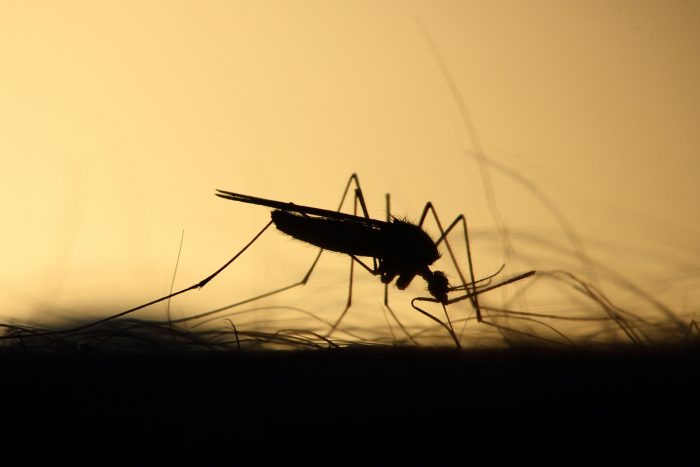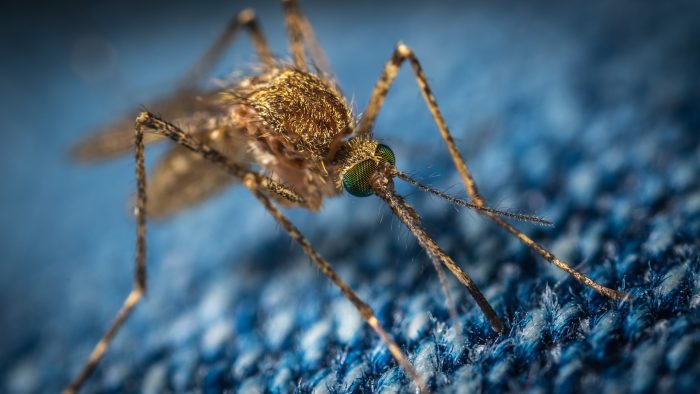A Natural Solution to Combat Mosquito Borne Diseases offers Huge Potential
Posted by Phil Heler on July 3, 2021Researchers from the World Mosquito Program (WMP) have reported dramatic reductions in rates of dengue infection using a bacteria that naturally inhabits many insects called Wolbachia pipientis
My son’s godfather is a medical doctor, and he was born in Cameroon. Not only has he served his time in the NHS, but he has also been a CQC (Care Quality Commission) Inspector for UK hospitals and served on the NICE committee (National Institute of Clinical Excellence). He has undertaken numerous roles and sat on many committees but one of the things he is most proud of is helping to raise funds and awareness for Sickle Cell Disease (SCD).
Sickle Cell Disease
For him this was because of a deeply personal tragedy as SCD affected his family. For those of you who do not know, SCD is prevalent in areas of Africa that are particularly affected by malaria. It is a human genetic adaptation in response to malaria. In some regions, as much as 40% of the population carry the gene for the disease.
It was first discovered in the 1940’s when doctors noticed that people who had sickle cell anaemia were more likely to survive malaria. Healthy red blood cells are normally round but, as the name suggests, in someone with SCD, the red blood cells form a ‘C’ shape. Typically, these ‘C’ shaped cells die prematurely, and the body has a constant shortage of red blood cells leading to anaemia. There are a broad range of other issues. When these sickle cells travel through smaller blood vessels, they can become trapped and cause blood clots.
Clearly this causes pain and other more serious issues such as infection or strokes. These episodes deprive tissues and organs, such as the lungs, kidneys, spleen, and brain, of oxygen-rich blood and can lead to organ damage. A more serious complication of SCD is high blood pressure in the blood vessels that supply the lungs (pulmonary hypertension), which can lead to heart failure. Pulmonary hypertension occurs in about 10 percent of adults with sickle cell disease.
SCD occurs because of a mutation of the genes that manufacture hemoglobin. Hemoglobin is made of two subunits called alpha-globin and two sub-units called beta-globin. The HBB gene that provided the instructions for beta-globin is the gene that is affected in SCD. For parents who each carry the sickle cell trait, the chance that their child will also have the trait — and be immune to malaria — is 50 %.
There is a 25 % chance that the child will have neither sickle cell anaemia nor the trait which enables immunity to malaria. Finally, the chances that their child will have two copies of the gene, and therefore sickle cell anaemia, is also unfortunately 25 %. This situation is a stark example of genetic compromise, or an evolutionary ‘trade-off.’
In genetic terms it transpired that those people in Africa that carry the genetic mutation were naturally selected because the trait carries resistance to malaria. This is because their red blood cells tend to sickle when they are infected by the malaria parasite. These infected cells then flow to the spleen and get destroyed along with the plasmodium parasite. In areas where the sickle cell gene is common, the immunity conferred has become a selective advantage.
As my son’s godfather is keen to point out, historically there has been a paucity of funding into malaria and other mosquito borne or related diseases. In truth as most of us know it is not a disease that we need to worry about in the UK as we sit in the higher-mid latitudes (53.55° latitude and 2.43° longitude) along with many other developed wealthy nations. Even though malaria kills 1.2 million people each year in the lower latitudes serious research has been lacking until relatively recently. Even as we speak it is not COVID-19 that is the most serious disease in Africa, it is malaria.
In March 2021 I wrote about the MultiMalVax project (short for Multiple Malaria Vaccine) which is a pan-European project that is addressing shortcomings in the fight against malaria. The MultiMalVax project has delivered a malaria vaccine that is now on the point of entering the final stages of human trials. This vaccine is due to be tested on 4,800 children in Africa after early trials yielded promising results. It is possible that the vaccine could be in use by 2024.
A New Strategy to Combat Mosquito borne Disease
However, there is also yet another strategy for targeting mosquito borne disease and the results have just recently been published. Researchers from the World Mosquito Program (WMP) reported dramatic reductions in rates of dengue infection and hospitalization in areas of an Indonesian city where disease-fighting mosquitoes were released.
The research team expects the World Health Organization (WHO) to formally recommend the approach for broader use. Although the method served to tackle dengue fever there is a potential for it to be rolled out for other mosquito borne diseases.
The study used bacteria called Wolbachia pipientis which naturally inhabits many insects. This microorganism however does not naturally inhabit the mosquito Aedes aegypti which is the main transmitter of dengue virus. The investigation discovered that once present in the cells of the Aedes aegypti mosquito, Wolbachia pipientis can block viral replication. Essentially it prevents dengue fever from replicating, thus making Aedes aegypti much less likely to spread disease when they feed on humans.
In the 1800s, dengue fever was a mild illness specifically found in the tropics. Mortality rates were low and major epidemics were sparse. But since the mid-twentieth century, the geographical range of the dengue virus has steadily broadened. In the last 50 years, its worldwide incidence rate has increased by a factor of 30 and current estimates now suggest that a third to nearly a half of the world’s population is now at risk of becoming infected. WHO estimates there are 100 million to 400 million infections per year with dengue, which can cause high fever and severe joint pain.
Dengue fever is caused by one of four dengue viruses (DENV 1-4). These mosquitos also disseminate Zika, chikungunya and other viruses. If you are unlucky enough to be bitten by an infected mosquito, the virus circulates inside your blood for 2-7 days. During this time, you become a source of the virus for uninfected mosquitos and can transmit the infection to another individual via Aedes mosquitos. When you recover from the infection from one of the four dengue viruses, you become immune but can be infected by any of the other dengue virus sub-types.
The Results of the Study
The investigation divided a 26-square-kilometer area of a city called Yogyakarta, in Indonesia—home to about 422,000 people—into 24 areas. In 12 of those areas, the team laid out containers of Wolbachia-carrying mosquito eggs every 2 weeks for 18 to 28 weeks. This enabled Wolbachia to spread to 80% or higher in the local mosquito population. The other 12 areas served as controls.
The results were published in The New England Journal of Medicine on June 14th 2021. The study enrolled 8144 participants, with 3721 living in the 12 areas that had been seeded with Wolbachia and 4423 living in control areas. Of those people living in the treated areas only 2.4 % tested positive for the dengue virus while 9.4% tested positive in the control areas. This represents a 77% reduction in infection and they also discovered an overall reduction of 86% in hospital admissions in treated areas.
The Wolbachia strain was also effective against all the four main types of dengue virus. The cost of the approach is less than $10 per person protected, and the World Mosquito Program aims to get that cost below $1. The study also points out that it is important to monitor Wolbachia levels and rates of dengue in the experimental areas on a longer term basis.
Historically there have also been other studies that have experimented using Wolbachia and levels have remained high for 10 years at sites without releasing more insects. Not only is this method inexpensive but it can be effective moving forward and is clearly a huge improvement from the dark days of DDT usage as an insecticide. DDT was banned for agricultural uses worldwide by the 2001 Stockholm Convention on Persistent Organic Pollutants.


